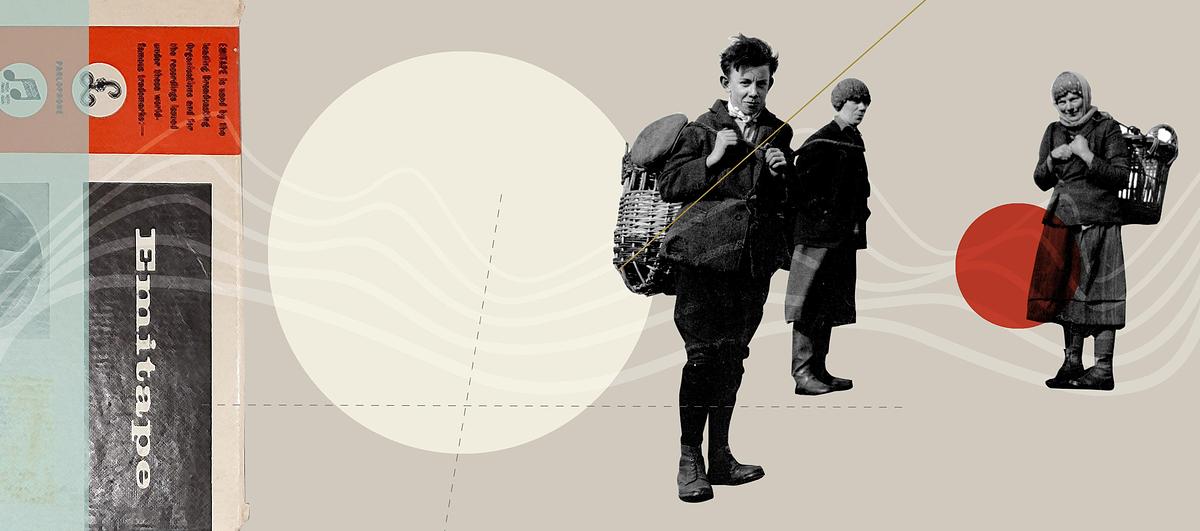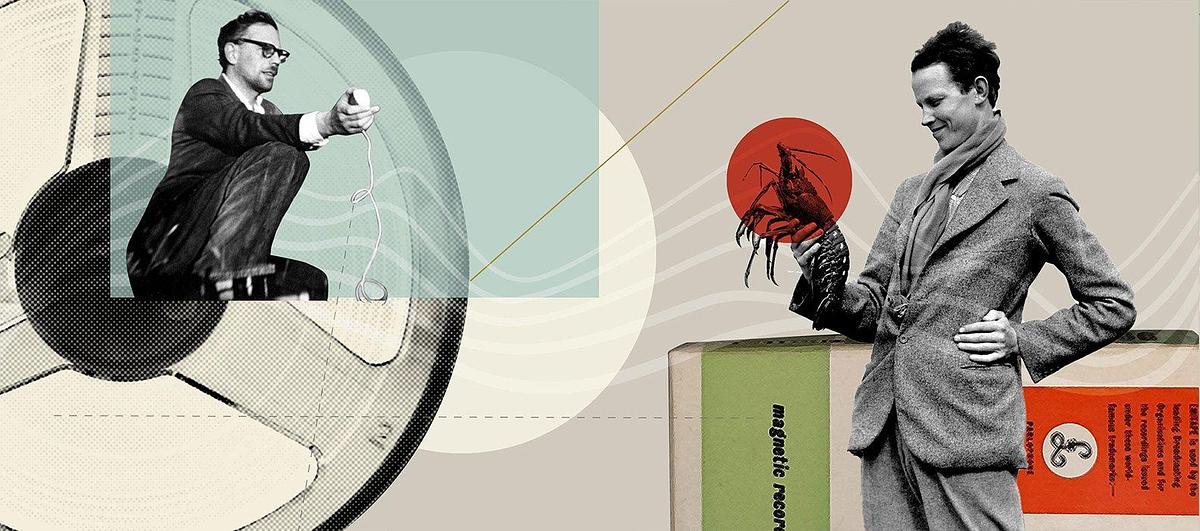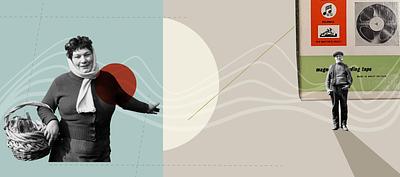
Major Contributors
The main purpose of this website is to preserve and share the cultural traditions of Scotland’s people, and those who imparted their knowledge, songs, stories, and other lore to our collections are here called ‘contributors’ in recognition of their central role. They come from all over Scotland, though in the main they belong to rural areas, islands and small villages, rather than cities and towns, as these areas tended to actively maintain or preserve knowledge of local traditions and ways of life more readily.
The contributors also come from a variety of backgrounds, but were all sought out and recorded by fieldworkers because they either stood out as ‘tradition bearers’ – people of exceptional skill and knowledge who actively engage in sharing their traditions within their communities – or had a great deal of knowledge about everyday living traditions, be they working practices, descriptions of foodways, or other information.
The contributors listed below are merely a handful among the thousands to be found on our website, but they each exemplify the richness of Scotland’s traditional culture and are good starting points for new visitors to explore.
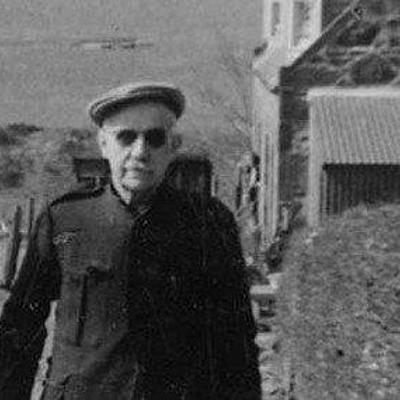
Willie Mathieson
Willie Mathieson of Ellon was one of Hamish Henderson's earliest and most prolific contributors, with a store of many hundreds of songs and ballads, as well as other local lore.
Willie grew up in an earth-floored house at Dudwick, several miles north-east of Ellon in Aberdeenshire, where his family was embedded in the local farming community.
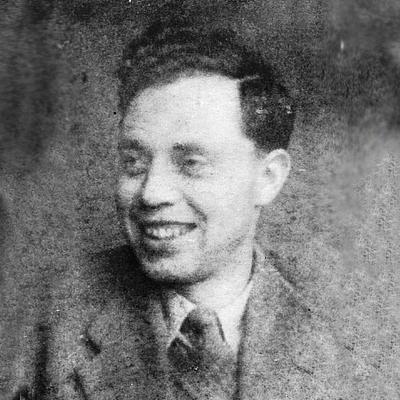
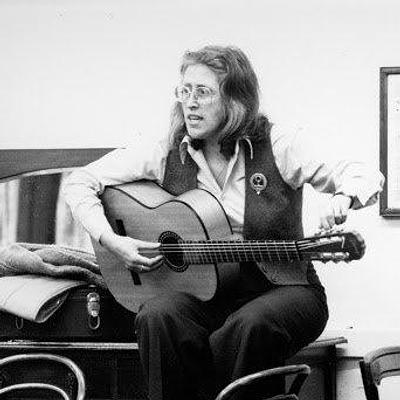
Ray Fisher
Ray Galbraith Fisher was a Scots singer born in Glasgow to a musical family of seven children, several of whom also became well-known singers in the Scottish folk revival. Their father John was a singer in the Glasgow Police Choir and their mother Marion, a Gaelic speaker and singer who grew up in Barra and Vatersay.
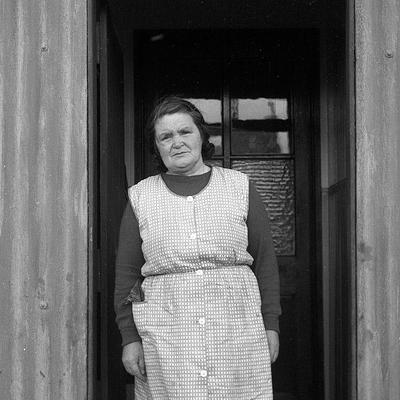
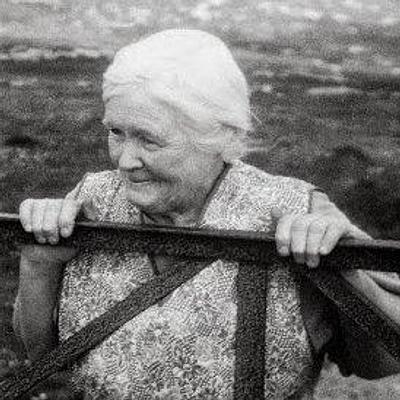
Kate MacDonald
Kate (Ceit) MacDonald (Bean Eairdsidh Raghnaill) is one of the most celebrated Gaelic tradition bearers of the 20th century, having long been lauded for her rich repertoire of Gaelic song. Raised in a South Uist family which was steeped in the Gaelic oral tradition, she had an astonishing memory for Gaelic songs, and the recordings of her carried out by the School of Scottish Studies are among the finest examples of Gaelic song on the Tobar an Dualchais website.
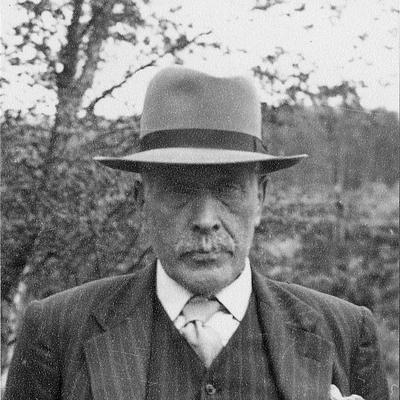
John MacDonald
John MacDonald was born in Highbridge, near Spean Bridge in the Highlands, the third eldest of 11 children. The family’s original name had been MacGillivantic, but they changed their name to MacDonald after the 1871 census. He was recorded in the 1950s and 1960s by Calum Iain Maclean and Dr John MacInnes, and there are now around 120 recordings of him on Tobar an Dualchais. He was a prolific storyteller and renowned local historian, and one of the finest examples of a Gaelic speaker from Lochaber on our website.
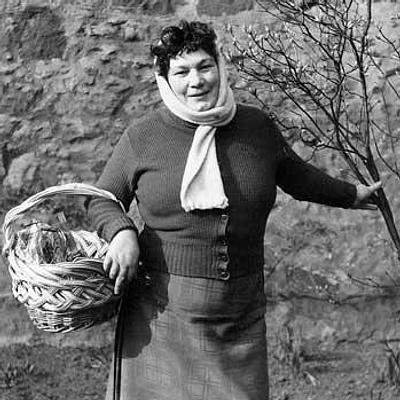
Jeannie Robertson
Jeannie Robertson was one of Scotland's most famous Traveller tradition bearers, and is widely considered to have been the finest traditional ballad singer of her generation.
Born Regina Christina Robertson in 1908, 'Jeannie' was the youngest of five children, and the only girl born to Donald Robertson and Maria Stewart.
.jpg)
Duncan Williamson
The Scottish Traveller Duncan Williamson is widely regarded as one of Scotland’s greatest tradition bearers. Although primarily known for his vast store of traditional tales and for his dynamic storytelling, Duncan also had a significant repertoire of songs, tunes and Traveller lore, and was a skilled jew’s harp and harmonica player.
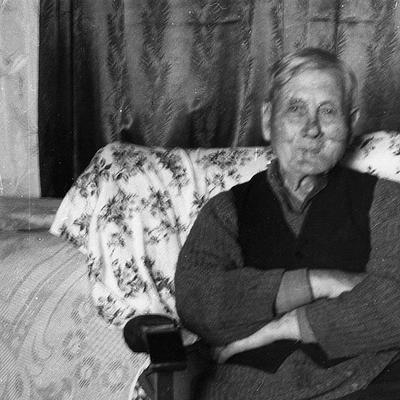
Donald Sinclair
Donald Sinclair (Dòmhnall Chaluim Bàin) is widely regarded as one of Scotland’s greatest tradition-bearers of the twentieth century. With almost 1,500 recordings of him on the Tobar an Dualchais website, his recordings are a vivid testimony of life in the islands in the late 19th and 20th centuries and leave us a precious legacy of Gaelic oral tradition for generations to come.
_-_via_EM.jpg)
Catherine Dix
The Tobar an Dualchais website features many excellent examples of local baird baile, and among some of the most interesting and extensive examples are the recordings of Catherine Dix (Ceit an Tàilleir) of the Isle of Berneray (Sound of Harris). Her trenchant wit, humour, and unique talent for composing and recalling hundreds songs, stories and poems almost instantaneously give a fascinating insight into her life, and into the life of a Gaelic-speaking community in the mid-20th century.
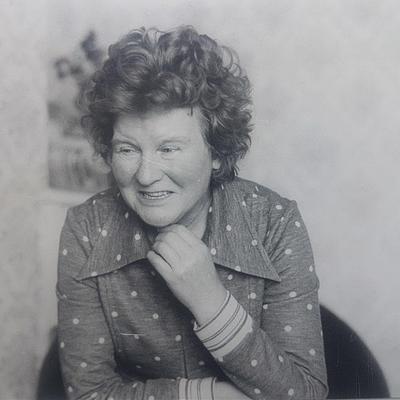
Betsy Whyte
Betsy Whyte, born Betsy Townsley, was a Scottish Traveller associated with the area around Brechin and Montrose in Angus, who became best known through her autobiography, 'Yellow on the Broom', published in 1979. The book captured the public's imagination with its illustration of growing up as a Traveller girl in Perthshire and Angus between the First and Second World Wars.
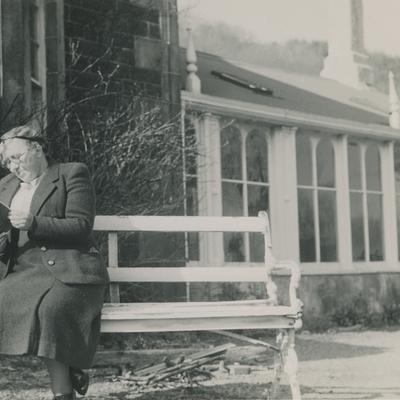
Annie Johnston
Annie Johnston (Annag Aonghais Chaluim Bhàin 'ic Dhòmhnaill 'ic Chaluim) was a Gaelic tradition-bearer, folklore collector, activist, and teacher from the Isle of Barra. Born in the late 1880s, she was raised in a community which was rich in Gaelic language and culture, but one which was also still coming to terms with the decades of displacement, famine and institutional neglect which had blighted the island for the larger part of the 19th century.
_-_via_FMcR.jpg)
Angus MacLellan
Angus MacLellan (Aonghas Beag mac Aonghais ’ic Eachainn ’ic Dhòmhnaill) was well-known in the community, and he is widely acknowledged to be one of the last Scottish Gaels on record capable of reciting the epic tales both from the Finn and Ulster Cycles, tales which can be traced back almost a thousand years to medieval Irish manuscripts.
